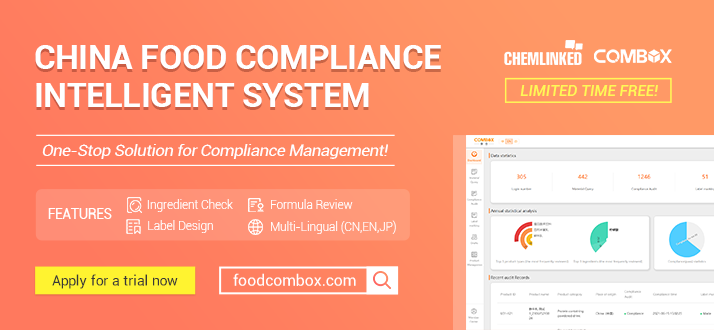New Market Entry Pathways of Medical Products: Special Medical Zones in China
In China, many patients resort to unconventional means of receiving treatment for their diseases, like going abroad or relying on surrogate shoppers. According to a New York Times article, in 2017, approximately 600,000 Chinese patients travel abroad to receive medical treatment.1 Although China’s review and approval process of drugs has been significantly accelerated after years of reform, certain aspects of China’s medical industry still prevent some foreign drugs from reaching the market. For instance, the government’s regulation on drug’s pricing, the Chinese market’s complexity due to the diverse population and vast territory, and the uncertainty of competition from similar products all are able to deter small to middle-sized pharmaceutical companies from investing capitals and conducting clinical trials in China.
Things have changed a lot in recent years as the Chinese government actively engages in promoting the development of pharmaceutical industry and subsequently proposed certain policies that could potentially ameliorate this common problem. Remarkably, China has loosened up the market entry policies of drugs in several places. This article is going to introduce and analyze the cases of the Boao Lecheng International Medical Tourism Pilot Zone (Boao Pilot Zone), the Guangdong-Hong Kong-Macau Greater Bay Area (Greater Bay Area), and the Hainan Free Trade Port (Hainan FTP).
In 2013, China’s State Council approved the establishment of Boao Lecheng International Medical Tourism Pilot Zone in the Hainan province. In summary, this Pilot Zone enjoys four special privileges in regards to the pharmaceutical industry2:
1. Medical technology, skilled personnel, medical equipment, and drugs are allowed to enter the Pilot Zone with special permits.




